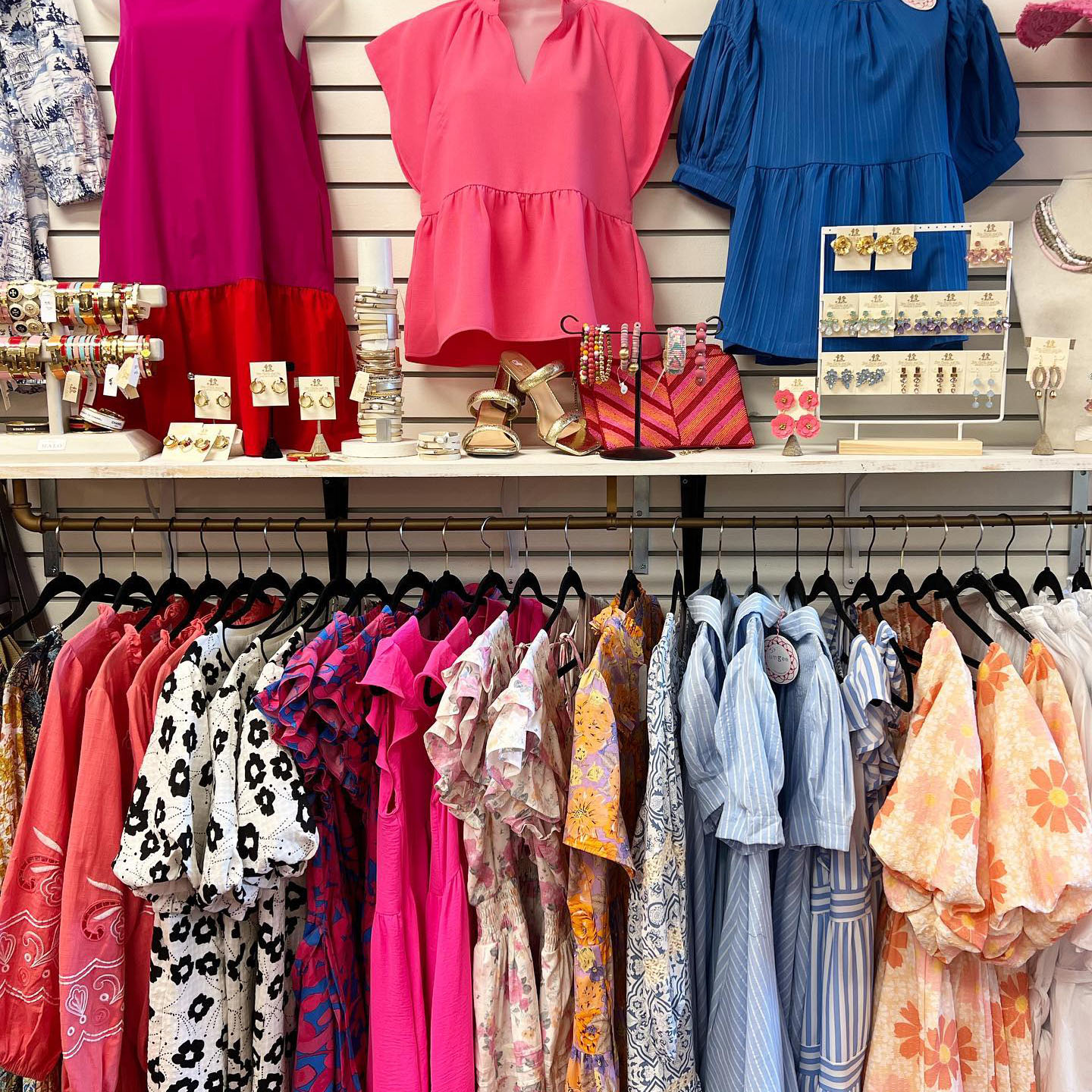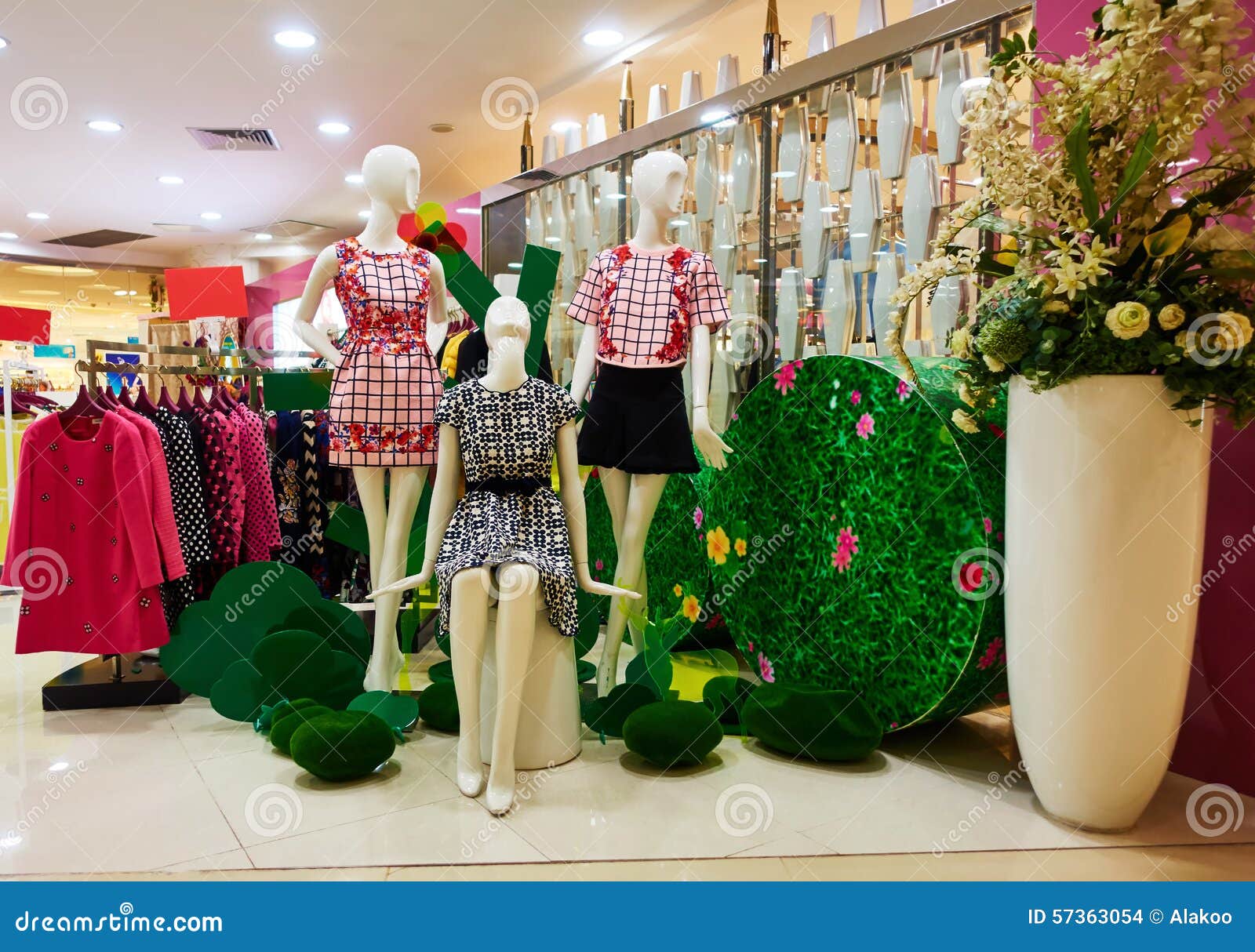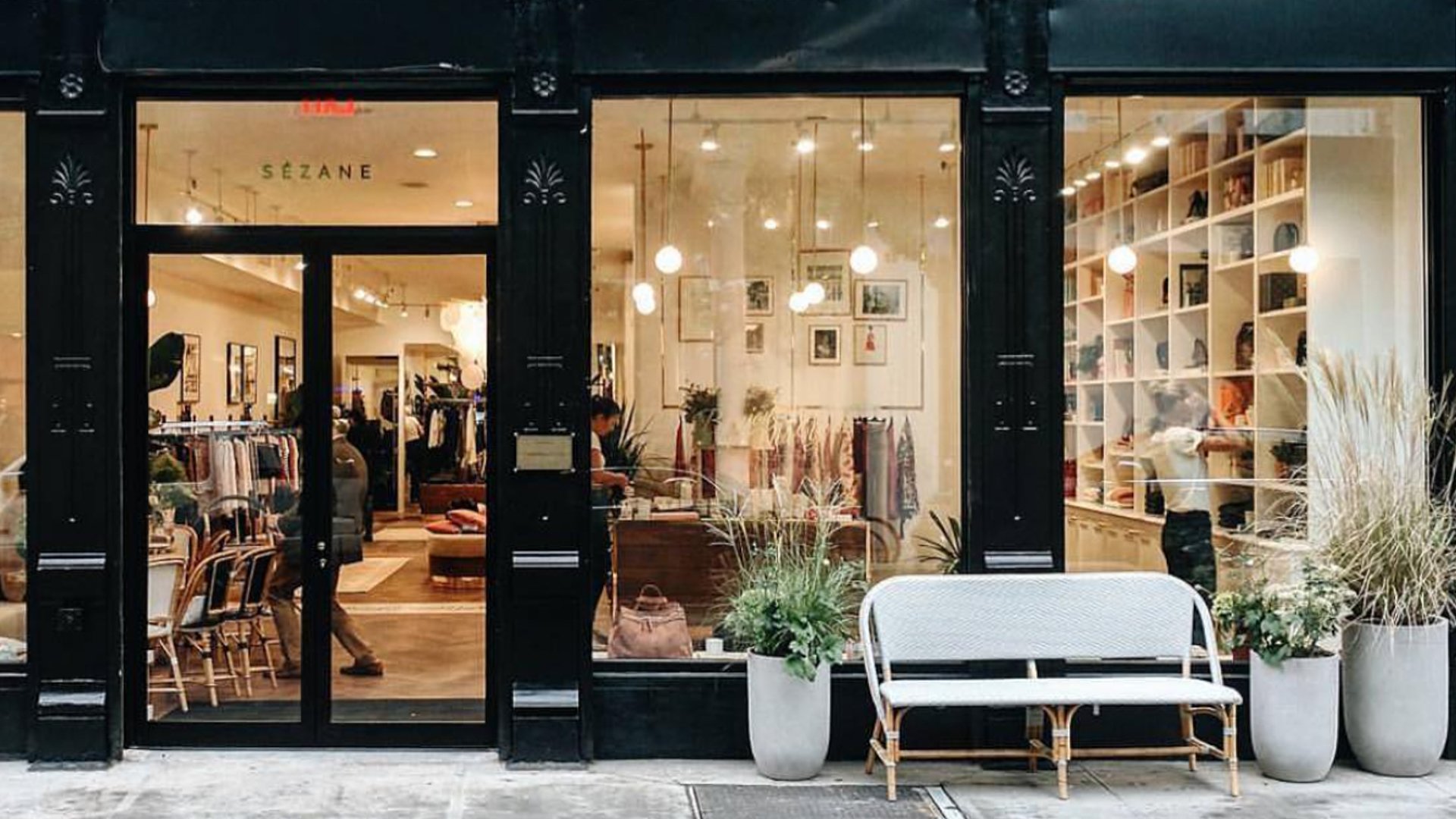A Beginner's Guide to Browsing the Boutique Fashion Scene
A Beginner's Guide to Browsing the Boutique Fashion Scene
Blog Article
Checking Out the Advancement and Effect of Clothing on Modern Fashion Trends
The development of clothes has substantially influenced modern fashion fads, combining historic precedents with advanced developments. Iconic figures like Coco Chanel and Yves Saint Laurent revolutionized the style market by presenting principles that focus on convenience and accessibility, which continue to reverberate today.
Historic Style Influencers
In the tapestry of style background, particular numbers have left an enduring mark, forming the trends and styles that specify whole ages. Coco Chanel, an advanced designer, redefined women's style by introducing comfy, sophisticated garments that departed from limiting corsets. Her iconic Chanel match and little black gown have come to be ageless staples in wardrobes worldwide. In A Similar Way, Christian Dior's post-war "Face-lift" in 1947, with its event of femininity via full skirts and cinched waistlines, marked a go back to opulence and has actually remained to affect designers.
Elsa Schiaparelli is another essential number, renowned for her avant-garde styles that incorporated surrealist art, working together with Salvador Dalí to develop whimsical pieces that tested standard visual appeals. Her cutting-edge use shade and vibrant patterns reverberates in contemporary style. Yves Saint Laurent, at the same time, equalized haute couture with prêt-à-porter collections, bringing path designs to the masses and establishing a precedent for contemporary ready-to-wear lines.
These dreamers, to name a few, not only revolutionized style in their times but additionally set enduring patterns that resonate in today's apparel industry, supplying a structure whereupon modern developers remain to build and innovate. Their heritages underscore the significance of creative thinking and daring in style's ever-evolving story.
Technical Developments in vogue
In the middle of the vibrant landscape of the garment industry, technological developments stand at the leading edge of technology, improving just how developers develop and consumers engage with fashion. The integration of 3D printing has revolutionized design procedures, enabling developers to trying out complicated frameworks and lasting materials that were previously inconceivable. This technology facilitates quick prototyping, lowering waste and expediting manufacturing times.

Smart textiles, embedding modern technology into textiles, are also changing the industry. Advancements like temperature-regulating and self-cleaning textiles supply improved capability and convenience. Wearable modern technology, including attributes like physical fitness monitoring and interaction, adds a new dimension to fashion, combining appearances with functionality.
Social Changes and Style
As technological advancements continue to improve the style market, cultural changes are just as influential, redefining style and customer choices. Recently, the increase of social media platforms has increased the circulation of global fashion patterns, permitting varied cultural influences to converge and exist side-by-side. This digital interconnectivity has facilitated the rapid exchange of concepts, causing a more inclusive and diverse analysis of design that reflects the diverse nature of modern-day culture.
Social understanding and appreciation have prompted designers to draw motivation from a broader spectrum of ethnic and historic contexts, incorporating typical concepts with modern aesthetic appeals. This combination has caused style that reverberates with a broader target market, advertising a sense of identification and belonging across various demographics. In addition, the boosting need for customization has actually driven brand names to provide customizable alternatives, enabling customers to reveal individuality while mirroring their cultural heritage.
Furthermore, shifting societal values have actually affected style, with inclusivity and diversity coming to be central themes. The market has begun to welcome designs and influencers of various body kinds, ethnic backgrounds, and sex identities, difficult conventional appeal standards. This change emphasizes the power of cultural shifts fit the future of style, as style becomes an extra authentic expression of personal and cumulative identity.
Sustainability and Modern Design
While the fashion market proceeds to develop, the necessary for sustainability has actually become progressively urgent, influencing contemporary layout methods. The increase of slow-moving style, which highlights quality over quantity, motivates consumers to spend in timeless items instead than transient fads.
Furthermore, modern design is characterized by its development in reducing waste and promoting circularity. Strategies such as zero-waste pattern cutting and 3D knitting are acquiring traction, permitting developers to develop find more information garments with very little textile waste. Furthermore, brand names are adopting clear supply chains, guaranteeing accountability and fostering consumer trust fund. This method not just mitigates ecological influence but additionally improves the social obligation of style houses.

Future Trends in vogue

Sustainability will certainly remain to find out this here be a driving force in shaping future fashion fads. The industry is significantly adopting green materials and ethical production methods, replying to an expanding consumer demand for accountable practices. Technologies such as bio-fabricated materials and closed-loop recycling systems are readied to redefine exactly how clothes is created and consumed, decreasing environmental influence while keeping design and high quality.
Social changes, consisting of the surge of inclusivity and diversity, will certainly also play a critical role. As culture comes to be a lot more aware of social problems, fashion is anticipated to come to be a platform for expression and modification. Developers will likely focus on producing collections that show a wider range of identities and experiences, promoting representation and access.
Final Thought
The advancement of apparel dramatically affects modern fashion trends, where historic impacts combine with modern layouts. Trick numbers like Coco Chanel and Yves Saint Laurent have actually redefined design, while technical advancements such as 3D printing and clever fabrics broaden imaginative possibilities. Cultural changes towards inclusivity and sustainability compel brands to adopt ethical techniques and embrace diversity. This recurring advancement highlights fashion's function as a mirror to societal values and technical improvement, recommending a future abundant with innovation and inclusivity.
The development of clothing has considerably affected modern-day fashion fads, merging historical criteria with innovative technologies.In the middle of the about his vibrant landscape of the fashion market, technological advancements stand at the forefront of advancement, reshaping just how developers develop and customers involve with style.While the style industry continues to evolve, the crucial for sustainability has actually ended up being increasingly immediate, influencing contemporary layout practices. As sustainability becomes ingrained in modern-day style, it leads the method for a much more conscious and responsible fashion market.
The development of clothes dramatically impacts modern fashion trends, where historical impacts combine with modern styles.
Report this page